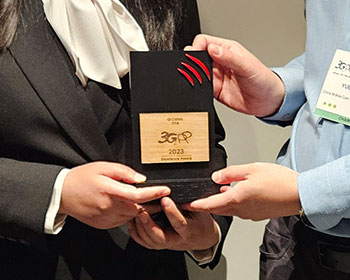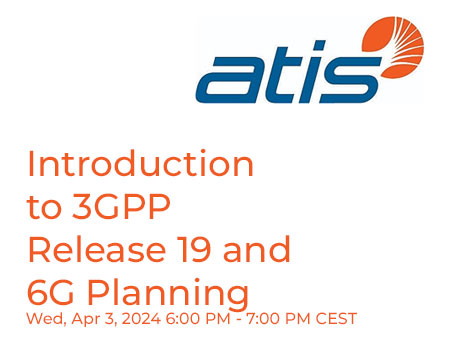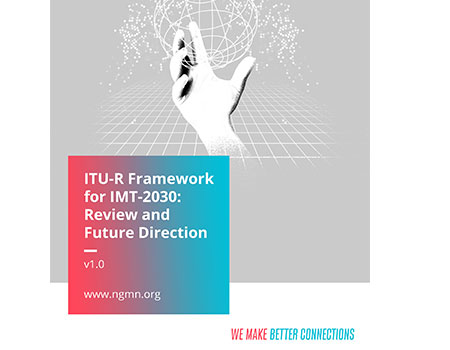Enabling Edge Computing Applications in 3GPP
September 2020
By Suresh Chitturi, 3GPP Working Group SA6 Chair. (Article first published in HIGHLIGHTS Issue 01, Sept. 2020).
Edge Computing is a concept that enables services to be hosted close to the service consumers and provides benefits such as efficient service delivery with significant reduction in end-to-end latency and decreased load on the transport network. The benefits of Edge Computing will strengthen the promise of 5G and expand the prospects for several new and enhanced use cases – including virtual and augmented reality, IoT, Industrial IoT, autonomous driving, real-time multiplayer gaming, split computing – once the large scale infrastructure and pervasive Wide Area Networks are in place.
The deployment of edge computing involves relationships between multiple providers. Edge Computing Service Providers (ECSP) will play an important role in the construction of infrastructure used by the Mobile Network Operators (MNO) and by Application Service Providers (ASP) – enabling them to host their Edge applications close to the users.
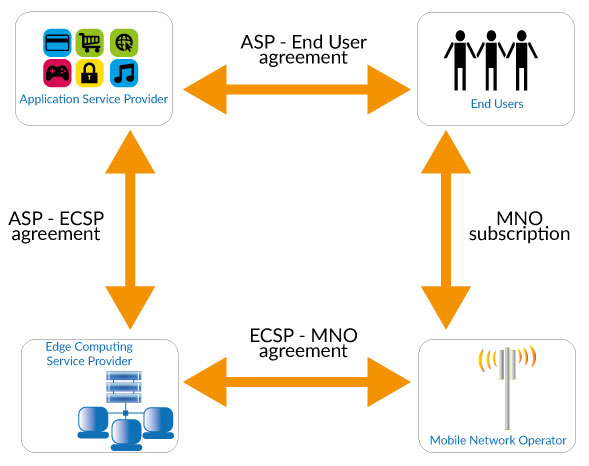
In Release 17, we aim to provide native support of Edge Computing in 3GPP networks. These efforts include initiatives across several working groups in 3GPP including SA6 [1] [2], SA2 [3], SA3 [4], SA4 [5] and SA5 [6], which cover application layer architecture, core network enhancement, security, media processing, and management aspects respectively.
Architecture for enabling Edge Applications
In January 2020, SA6 initiated normative specification work on the architecture for enabling Edge Applications based on the comprehensive study and conclusions in TR 23.758 [1]. The objective of the work is to define an enabling layer to facilitate communication between the Application Clients (AC) running on the UE and the Edge Application Servers (EAS) deployed on the Edge Data Network. This includes aspects of service provisioning and EAS discovery. In addition, the work aims to provide support services such as application context transfer between EASs for service continuity, service enablement and capability exposure APIs towards the EAS.
The application architecture for enabling Edge Applications is designed based on the following architectural principles:
- Application Client portability: Changes in logic of AC to interact with EAS, compared to existing cloud environment, are avoided.
- Edge Application Server portability: Changes in logic of Application Servers when resident in Edge Hosting Environment, compared to existing cloud environment, are avoided. An EAS should be able to run in Edge Hosting Environments of multiple ECSP, without any modification.
- Service differentiation: The mobile network operator is able to provide service differentiation (e.g. by enabling/disabling the Edge Computing features).
- Flexible deployment: There can be multiple ECSPs within a single PLMN operator network. The Edge Data Network can be a subarea of a PLMN.
- Interworking with 3GPP network: To provide Edge Computing features, already developed or to be developed in 3GPP network (such as location service, QoS, AF traffic influence), to EAS, the application architecture supports interworking with 3GPP network using existing capability exposure functions such as NEF and PCF.
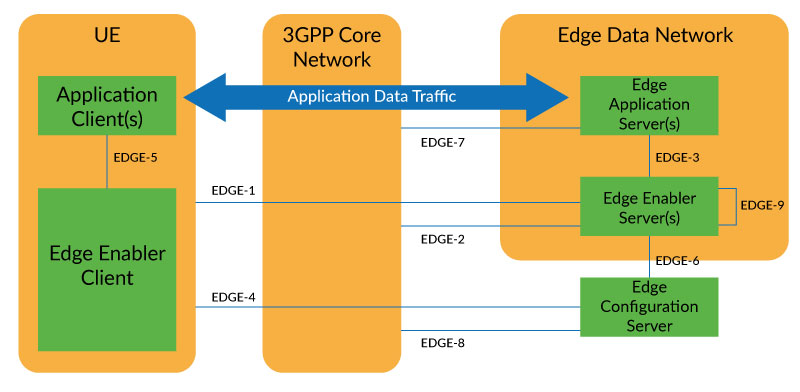
The above application architecture (documented in 3GPP TS 23.558 [2]) comprises of Edge Enabler Server (EES), primarily responsible for enabling discovery of the EASs; Edge Enabler Client (EEC), providing support functions, such as EAS discovery to the ACs in the UE; and, Edge Configuration Server (ECS), providing configurations to the EEC to connect with an EAS.
Application Clients on the UE can be “Edge-aware” and “Edge-unaware”. With Edge-aware applications, the ACs get the full benefit of the SA6 architecture by directly interacting with and thus leveraging all the benefits of the EEC. For Edge-unaware applications, the SA6 architecture provides significant benefits on behalf of the ACs without their direct participation. SA2 is also working on solutions for edge application support (e.g. using DNS for IP routing to an EAS) that can be deployed independently or in conjunction with the SA6 architecture.
In summary, with the support of the enabling layer, 3GPP networks offer native support to several Edge capabilities, including:
- Rich discovery: On-demand service provisioning by the ECS and the support of query filters on the EES to allow rich discovery of the EASs by an AC via the EEC.
- Dynamic availability: Due to the flexible nature, and the availability of Edge networks, EAS capabilities can vary due to multiple reasons, such as change in deployments, mobility of the UE etc. UE can subscribe to such dynamic changes to fine tune the services offered to the AC.
- Network capability exposure: The EASs can utilize service API(s) exposed by the EES, which in turn are built on the capabilities of SCEF/NEF northbound APIs (with and without CAPIF framework), enabling EASs to access 3GPP network capability exposure functions.
- Support for service continuity: With UE mobility, the serving Edge or Cloud may change or become more suitable for serving the AC. To enable continuity of service in such scenarios, the architecture supports transfer of the UE’s application context between the Edge networks for seamless service continuity.
These features along with many other capabilities offered by 3GPP in Release 17, will pave the way towards global adoption of Edge Computing and pervasive deployments of Edge Networks that can serve both the end consumers and industry verticals.
References:
[1] 3GPP TR 23.758 - Study on application architecture for enabling Edge Applications
[2] 3GPP TS 23.558 - Architecture for enabling Edge Applications
[3] 3GPP TR 23.748 - Study on enhancement of support for Edge Computing in 5GC
[4] 3GPP TR 33.839 - Study on Security Aspects to support Edge Computing in 5GC
[5] 3GPP TR 26.803 - Study on Streaming Architecture extensions For Edge processing
[6] 3GPP TR 28.814 - Study on enhancements of Edge Computing management
Contact for this article: Kevin FLYNN, Marketing and Communications Officer, 3GPP

 3GPP News
3GPP News

